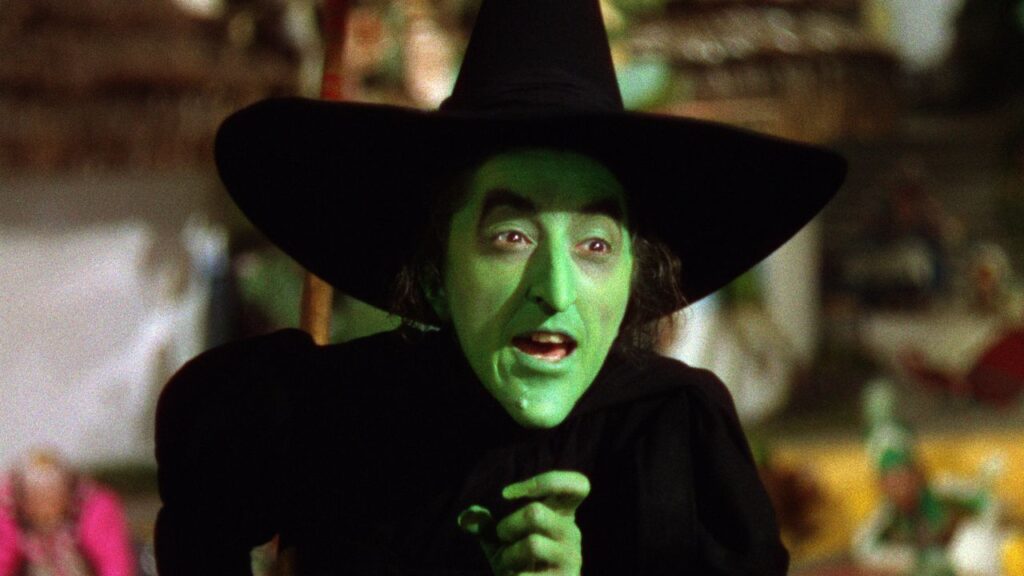The Blair Witch Project is patient zero for found footage as the dominant horror aesthetic. Although the found-footage boom really came years later, in response to the success of the first Paranormal Activity movie, this one popularized the approach; Blair Witch was also an overwhelming hit, grossing several times its initial $60,000 microbudget, thanks to a strong narrative and what we would now call an alternate-reality-game element, featuring a disinformation campaign and an intricate Web site. Even beyond the basic conceit that you’re watching footage discovered after the “documentarians” in the film went missing, the lore is robust. There’s the Jersey Devil-style myth of the Blair Witch, who lives deep in the woods outside Burkitsville, Maryland, and a story from 1888 about an abducted child who escaped after seeing her, and a parallel thread from the 1940s about a serial killer who kidnapped and murdered seven children, making one child face the wall as he killed another.
Three arrogant film students get lost and slowly unravel until they start hearing things at night; eventually one of them goes missing. People don’t often make movies like Blair Witch because it’s really hard—the cast were both filming themselves and improvising heavily throughout the movie, and the production mirrored the actual narrative, as the directors terrorized the three leads at night after long days of shooting. The film doles out its scares cheaply but expertly—weird sounds, tiny stick dolls wound with fabric, the endless black void of the woods at night, and eventually a house sitting in a place where it shouldn’t be, rotting and abandoned, its interior walls covered with hundreds of children’s handprints.
It’s really a shame we got any further Blair Witch media; having constructed a modern myth with mousetrap precision, this one ends perfectly, with a sickening thud as the camera hits the ground and no further explanation. (What does a witch do? She lives out in the woods and kills children, for reasons we cannot understand.) Years later Sanchez spoke of the pair’s initial plans to make two stylistically different sequels—both period pieces, one set in the 1600s witch-trials era and one set in the 40s, following Parr, neither one a faux-documentary. Instead Artisan Entertainment rushed out a metafictional sequel, Blair Witch: Book of Shadows, which flopped and killed interest in the franchise. Years later, the writer/director team Adam Wingard and Simon Barrett made Blair Witch, a loose sequel/soft reboot of the original; it’s a relatively uninteresting but faithful update until the last third, where the characters become trapped in an endless time-loop in the Blair Witch house.
16. The Love Witch (2016), dir. Anna Biller; Summer of Fear (1978), dir. Wes Craven
Everett Collection


